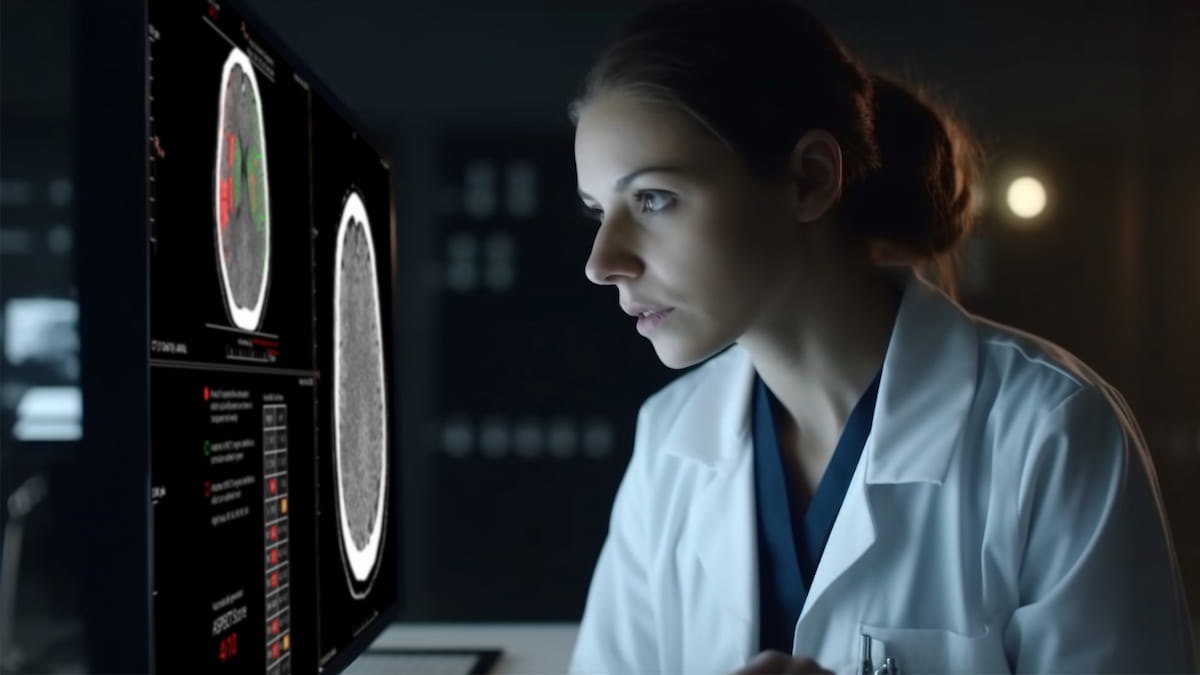FDA Clears CT-Based AI Tools for PE Detection and Stroke Severity Assessment
The artificial intelligence (AI) modalities CINA-iPE and CINA-ASPECTS may facilitate improved detection of incidental pulmonary embolism and stroke evaluation, respectively, based on computed tomography (CT) scans.
The Food and Drug Administration (FDA) has granted 510(k) clearance to the artificial intelligence (AI)-powered CINA-ASPECTS, which may enhance the evaluation of stroke severity, and the AI-enabled CINA-IPE, which is geared toward bolstering the detection of incidental pulmonary embolism (PE).
Based off brain non-contrast computed tomography (NCCT) images, the CINA-ASPECTS modality provides heat mapping probabilities of sulcal effacement and hypodensity, identifies infarcted regions and offers automated ASPECT scoring for stroke severity, according to Avicenna.AI, the developer of CINA-ASPECTS.
The newly FDA-cleared CINA-ASPECTS reportedly provides automated ASPECTS scoring of stroke severity based off of non-contrast CT scans of the brain, according to Avicenna.AI. (Photo courtesty of Avicenna.AI.)

"The validations and multi-reader-multi-case studies we conducted highlighted that CINA-ASPECTS not only obtained outstanding standalone performance, but also demonstrated that its adjunctive use significantly improved clinicians' accuracy in the assessment of ASPECTS regions, compared to the conventional use of NCCT images alone," added Yasmina Chaibi, a clinical affairs manager for Avicenna.AI.
Avicenna.AI said the CINA-iPE modality, reportedly validated on 381 CT scans from 39 different CT scanner models, may facilitate timely triage with its strong sensitivity and specificity for the diagnosis of incidental PE.
Clarius Mobile Health Unveils Anterior Knee Feature for Handheld Ultrasound
April 23rd 2025The T-Mode Anterior Knee feature reportedly offers a combination of automated segmentation and real-time conversion of grayscale ultrasound images into color-coded visuals that bolster understanding for novice ultrasound users.
What is the Best Use of AI in CT Lung Cancer Screening?
April 18th 2025In comparison to radiologist assessment, the use of AI to pre-screen patients with low-dose CT lung cancer screening provided a 12 percent reduction in mean interpretation time with a slight increase in specificity and a slight decrease in the recall rate, according to new research.
Meta-Analysis Shows Merits of AI with CTA Detection of Coronary Artery Stenosis and Calcified Plaque
April 16th 2025Artificial intelligence demonstrated higher AUC, sensitivity, and specificity than radiologists for detecting coronary artery stenosis > 50 percent on computed tomography angiography (CTA), according to a new 17-study meta-analysis.